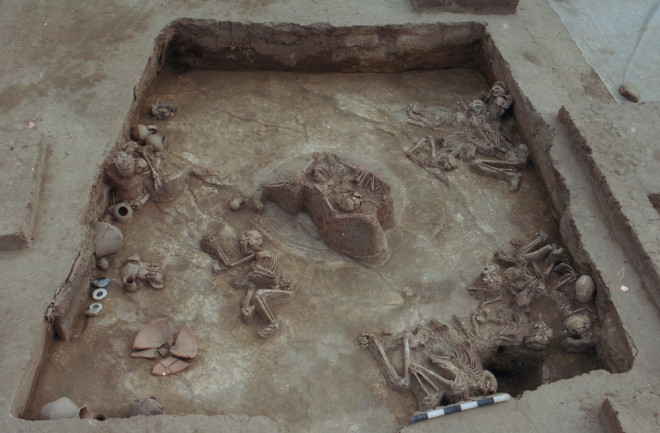According to legend, Chinese civilization began with a Great Flood.
The floodwaters covered the plains of northern and central China for 22 years, until a ruler named Yu led a great dredging project that returned the river to its original channels. As a reward, the gods supposedly granted Yu a divine mandate to rule China and found its first imperial dynasty, the Xia.
For 1,000 years, the story of the Great Flood and Yu’s founding of Chinese civilization were handed down as oral history, before finally entering the written record in the first millennium BCE. With no hard evidence of Xia or the flood, however, scholars have long debated whether these events actually happened or were purely the stuff of legend.
Now, it turns out that the Great Flood may have been a real natural disaster that struck the Yellow River valley in about 1920 BCE.

